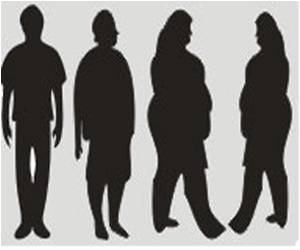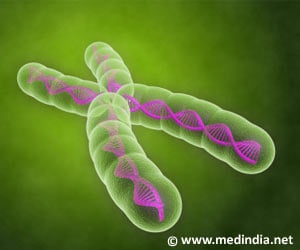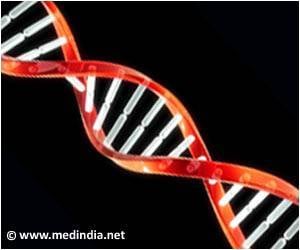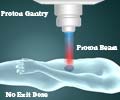An international team of researchers finds that the resistance of some cancers to the cell-killing effects of radiation therapy may be due to abnormalities in the mitochondria.
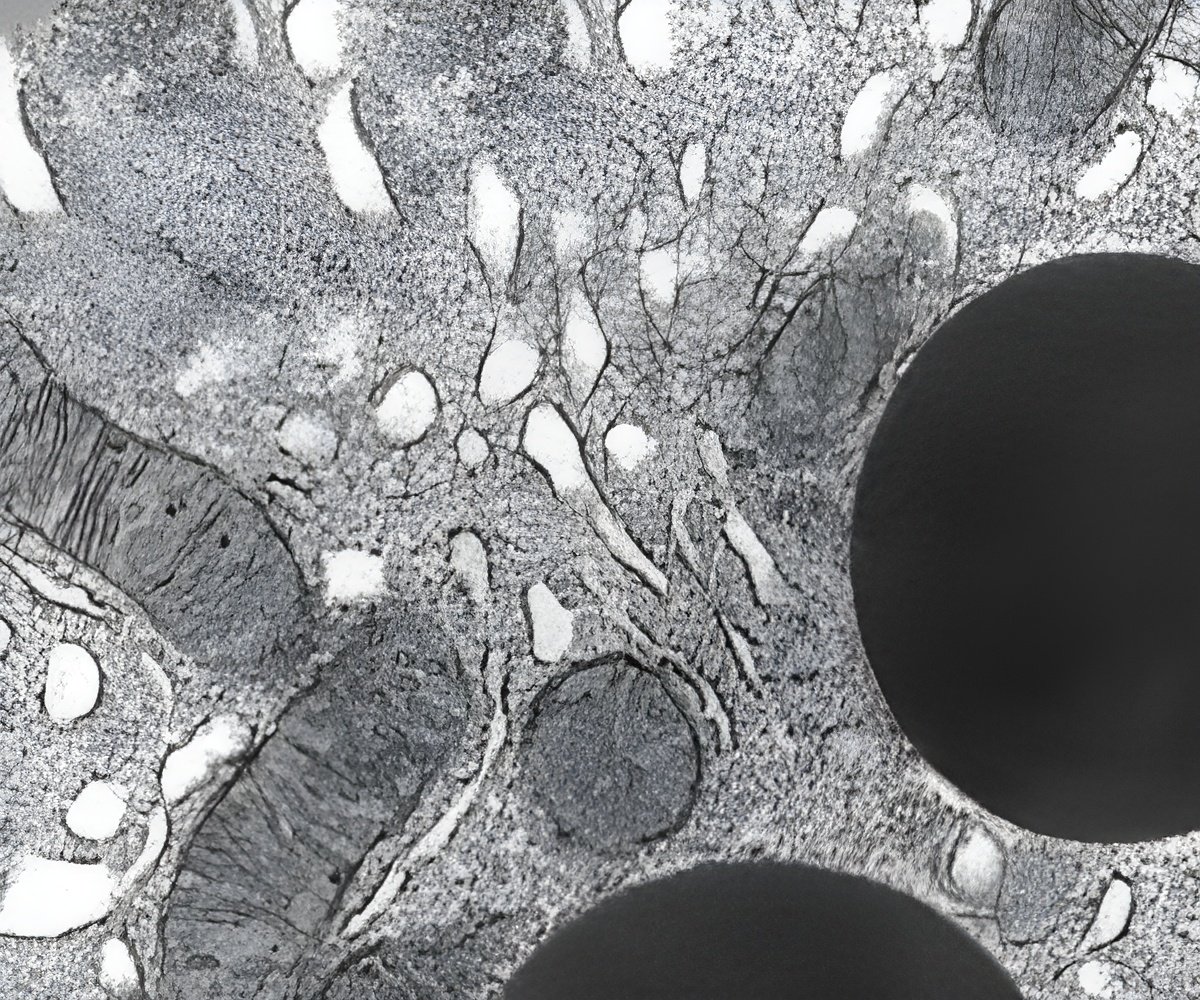
A closer look within the cells of the flies revealed that their mitochondria were misshapen and produced less energy than normal mitochondria. Flies with the most severely deranged mitochondria were the most resistant to radiation-induced cell death. The observation in fruit flies suggested a previously unknown role for the E2F transcription factor -- the protein encoded by E2F that regulates expression of other genes -- in mitochondrial function. "It seems their mitochondria were also affected by the E2F mutation and were not functioning at full strength," said Frolov. "You need properly functioning mitochondria to carry out programmed cell death." Turning to human cells, the researchers found the same effects: those that lacked the E2F gene were resistant to the effects of radiation. Frolov said the similarity in the findings shows that basic cellular functions do not change much across the vast evolutionary distance between fruit flies and humans.
"This result highlights a remarkable degree of conservation between fruit flies and humans and illustrates the advantages of using model organisms in cancer research," said Frolov, whose laboratory is part of the UIC Cancer Center.Frolov and his colleagues think that dysfunctional mitochondria might underlie the differences in how patients respond to radiation therapy. Previous studies have suggested that the inability of some patients' mitochondria to support apoptosis might account for differences in their response to chemotherapy for acute myelogenous leukemia."If we could develop a small-molecule drug that could enhance mitochondrial function in these patients, we may be able to improve the effectiveness of radiation therapy," Frolov said.
Source-Eurekalert

